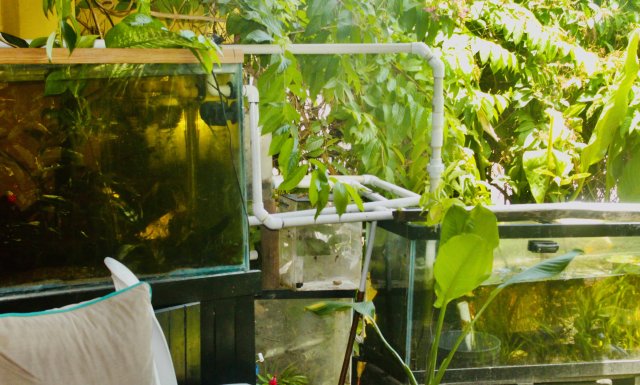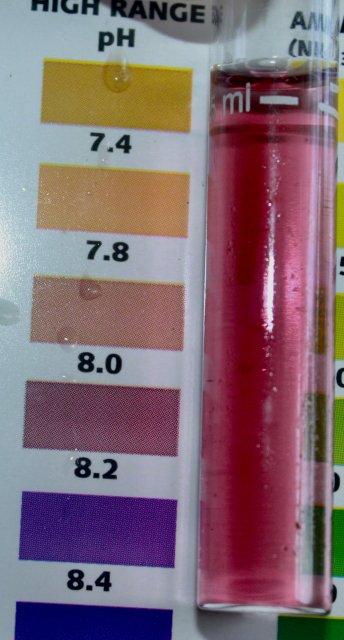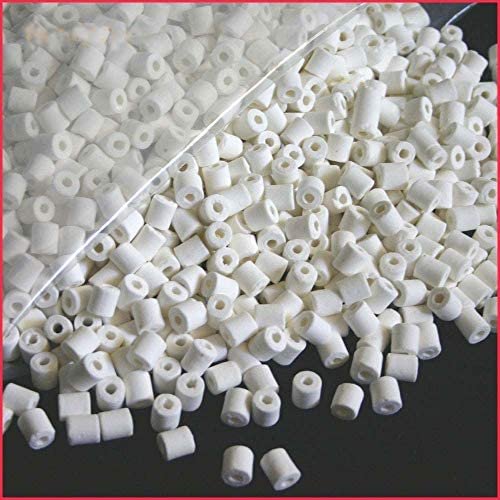OP
Can you give us a little background on the tank for perspective?
How many gallons you tank?
How many, what species, and what size are they?
How big was the arowana before it was sold.
What is your normal water change (frequency and @ gallons) and filter cleaning routine.
Do you vacuum?
How often is the tank fed? What foods?
Using you new API kit, test your "tap" water, for ammonia, pH (using high and low range) and of course nitrate (shaking the tube vigorously for at least a full minute, before reading..
Rinse the test tube 3 times after and between tess, "if possible" using D I water.
How does your water provider treat your water? Free chlorine? cnoramine (AKA total chlorine?) other?
Is it had water? soft?
What is its source, reservoir ? well? lake? river?
These are all things any serious aquarist should know off the top of the head.
Can you give us a little background on the tank for perspective?
How many gallons you tank?
How many, what species, and what size are they?
How big was the arowana before it was sold.
What is your normal water change (frequency and @ gallons) and filter cleaning routine.
Do you vacuum?
How often is the tank fed? What foods?
Using you new API kit, test your "tap" water, for ammonia, pH (using high and low range) and of course nitrate (shaking the tube vigorously for at least a full minute, before reading..
Rinse the test tube 3 times after and between tess, "if possible" using D I water.
How does your water provider treat your water? Free chlorine? cnoramine (AKA total chlorine?) other?
Is it had water? soft?
What is its source, reservoir ? well? lake? river?
These are all things any serious aquarist should know off the top of the head.
Last edited:







